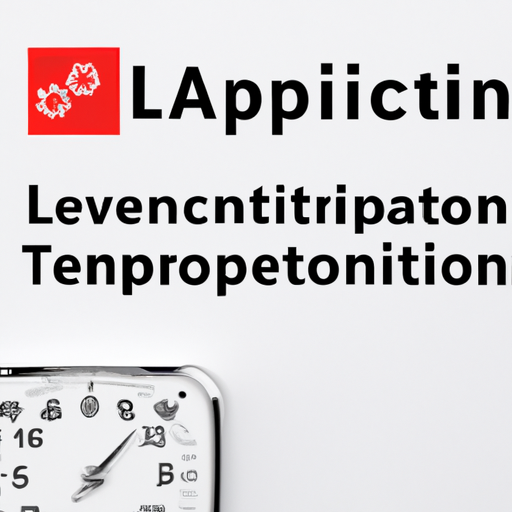Application Development in Scale Dials for LT1213CS8: Key Technologies and Success Stories
Developing applications for scale dials, particularly for a specific model like the LT1213CS8, requires a blend of hardware and software technologies. Below is a detailed overview of the key technologies involved and notable success stories that illustrate their application.
Key Technologies
| 1. Microcontrollers and Embedded Systems | |
| 2. Sensors | |
| 3. User Interface (UI) Development | |
| 4. Data Processing and Analytics | |
| 5. Communication Protocols | |
| 6. Power Management | |
| 1. Industrial Applications | |
| 2. Healthcare Solutions | |
| 3. Smart Agriculture | |
| 4. Retail Innovations | |
| 5. Research and Development |
Success Stories
Conclusion
The development of applications for scale dials like the LT1213CS8 involves a multidisciplinary approach that combines hardware, software, and user experience design. The success stories across various industries demonstrate the potential for innovation and efficiency improvements through the effective use of scale dials. As technology continues to advance, the integration of sophisticated sensors, IoT capabilities, and data analytics will further enhance the functionality and applications of scale dials, paving the way for new opportunities in diverse fields.






